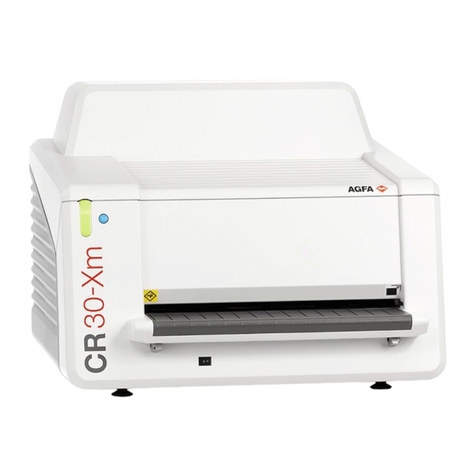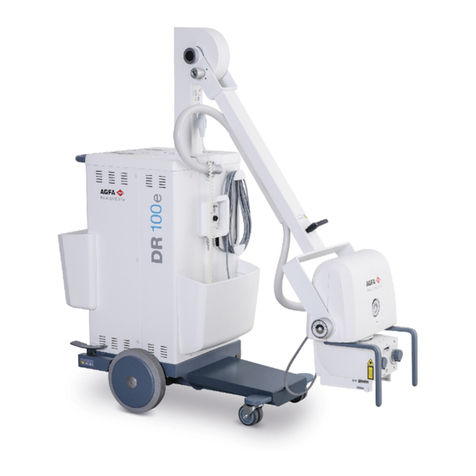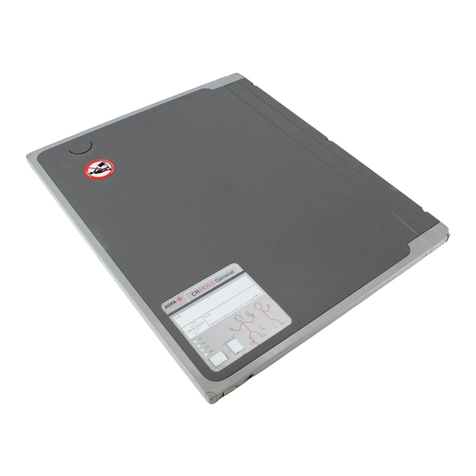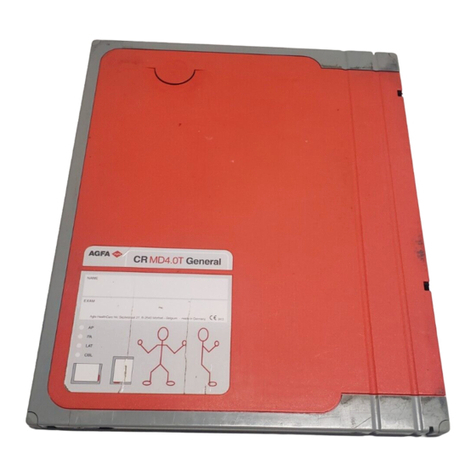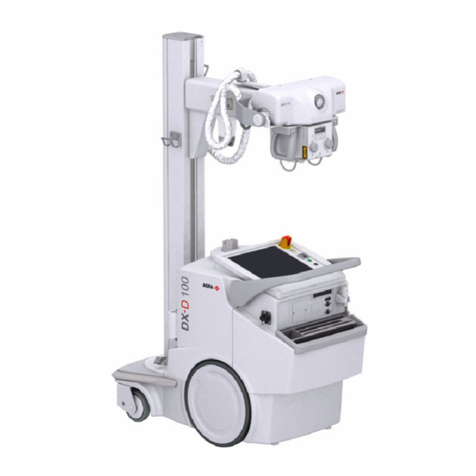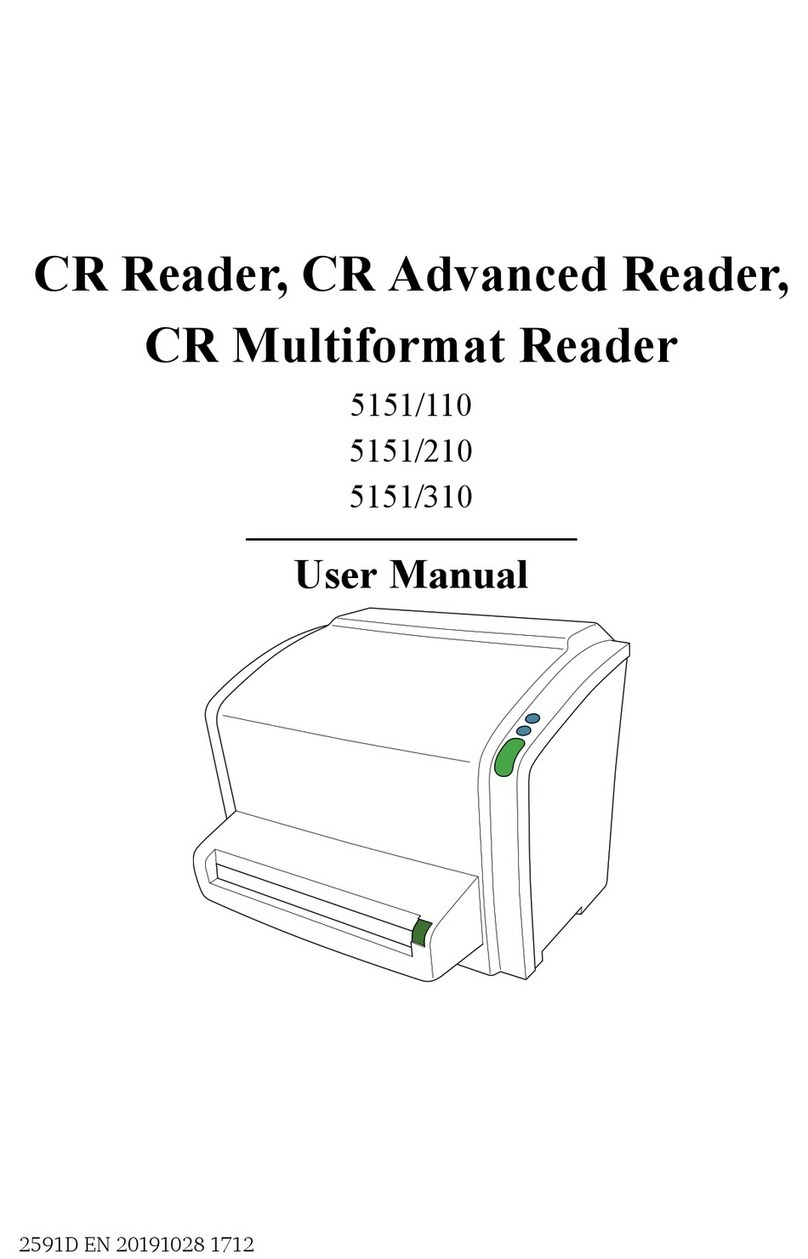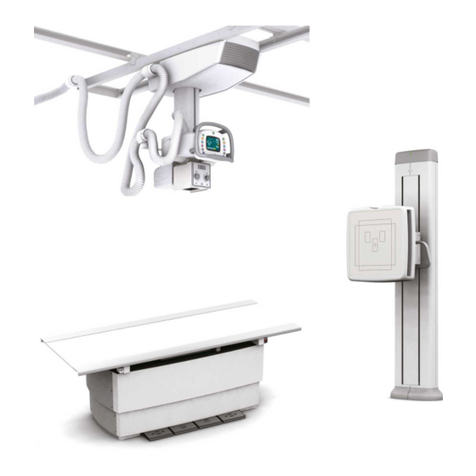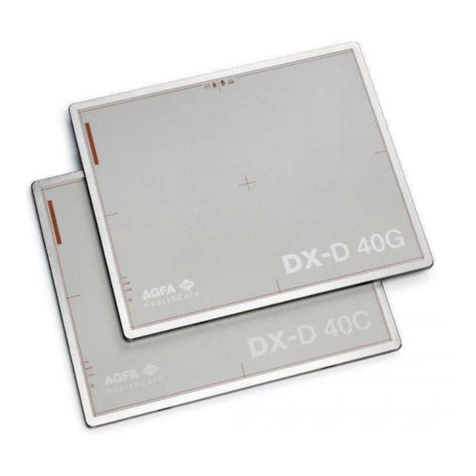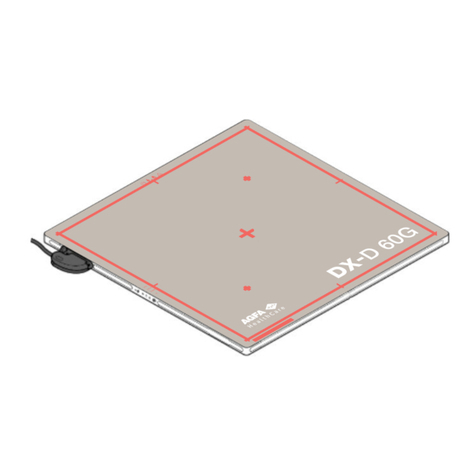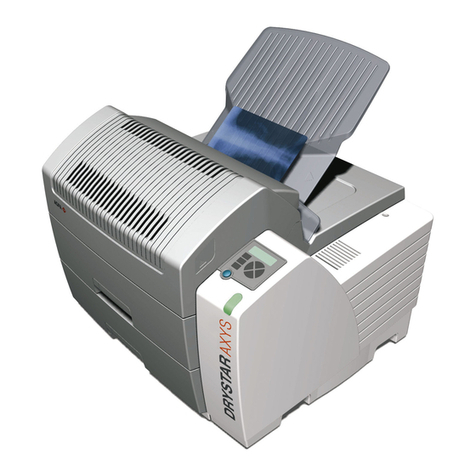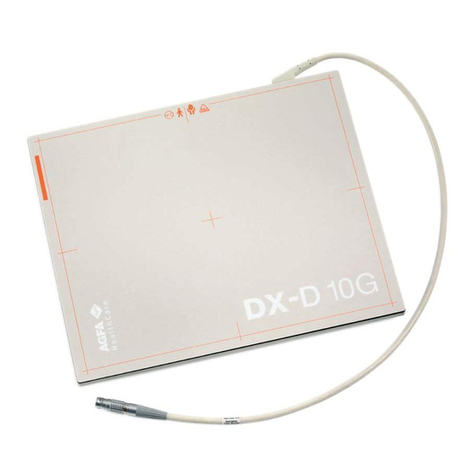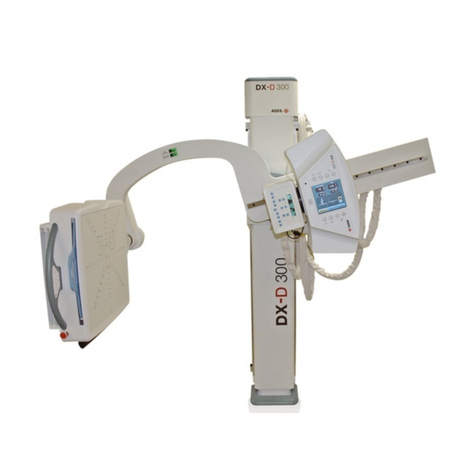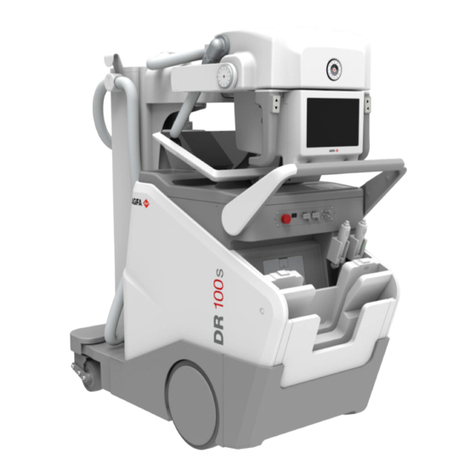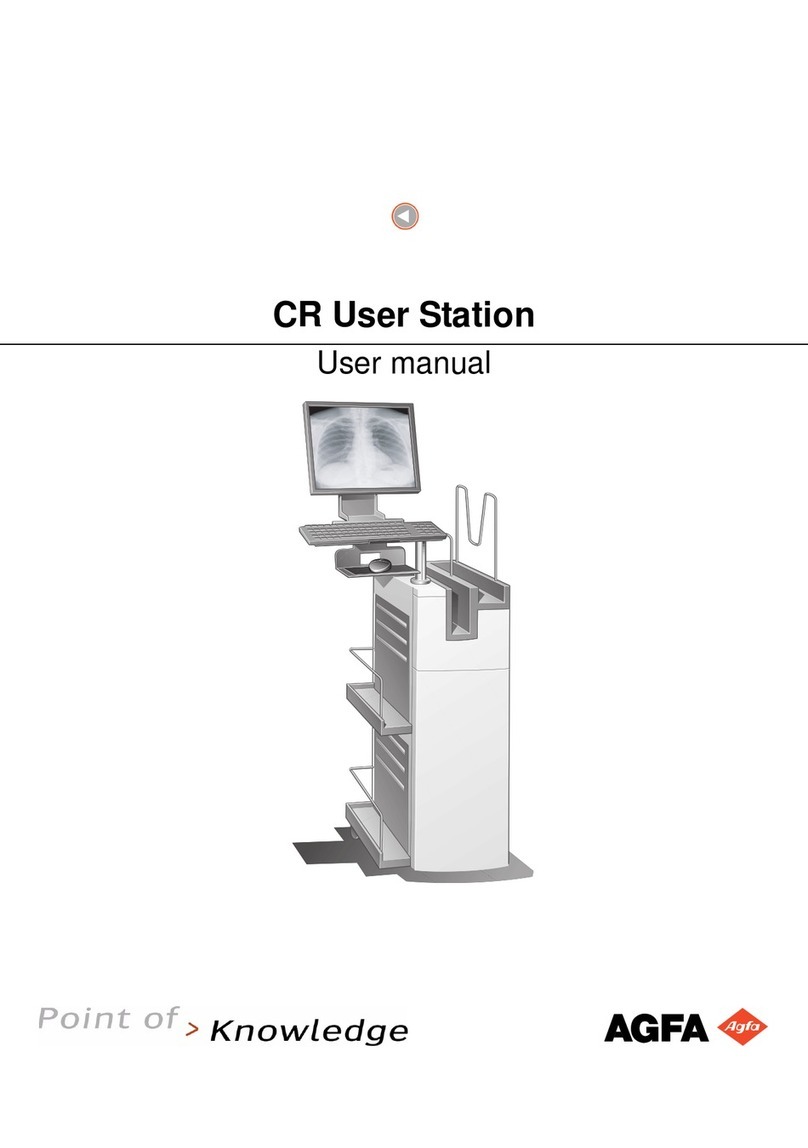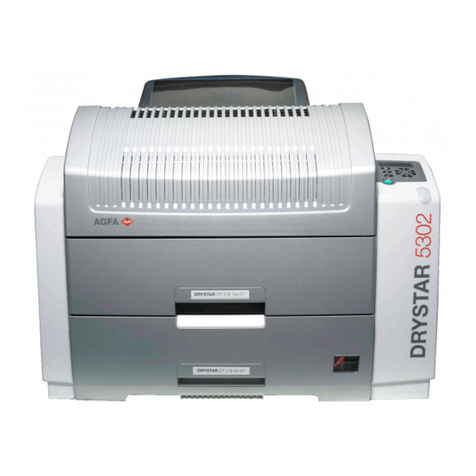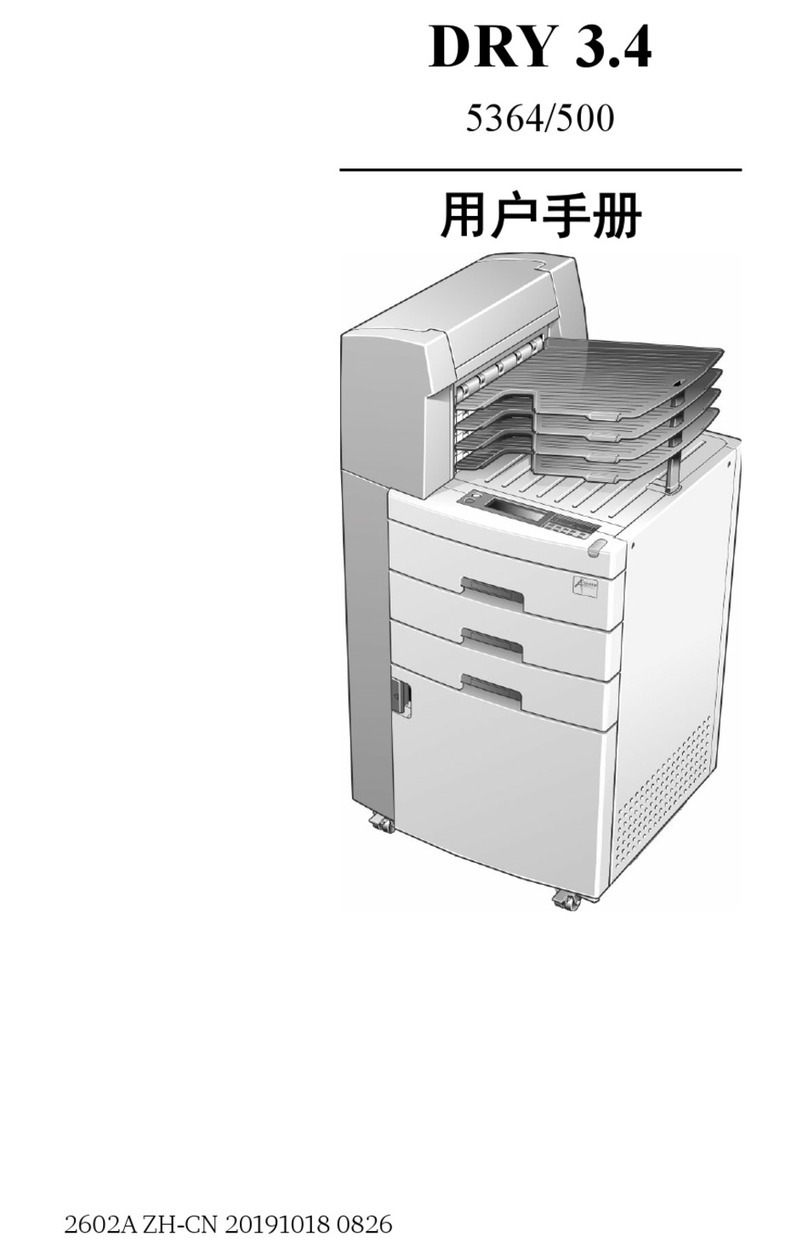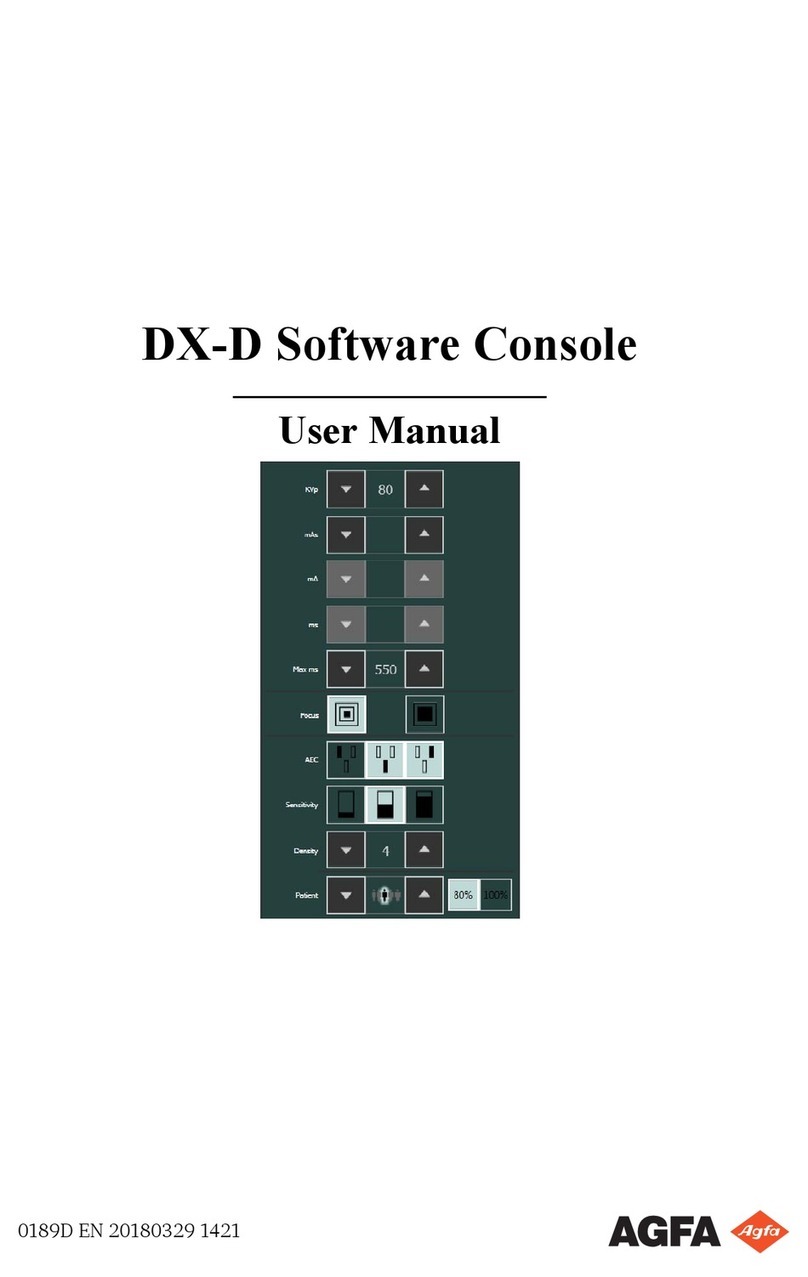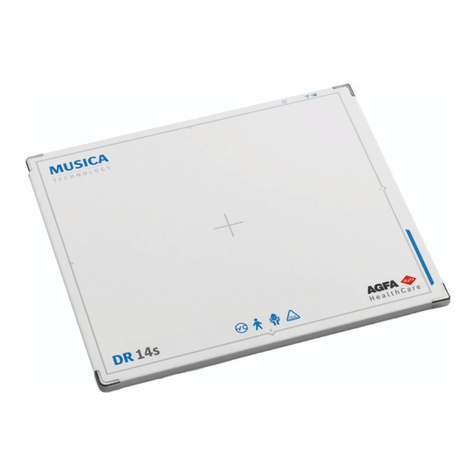
DX-D 400
User Manual
ii 0232F EN 20191213
Section Page
2.9 Quantitative Information 38............................................
2.9.1 Functional Tests Performed to Obtain the Quantitative Information 38..
2.10 Deterministic Effects 45................................................
2.11 Product Complaints 45.................................................
3 START UP AND SHUTDOWN 47.............................................
3.1 Start up with X-Ray Generator Control 47.................................
3.2 Shutdown Routine with X-Ray Generator Control 49........................
4 OPERATION 51............................................................
4.1 Floor Mounted Tube Stand 51...........................................
4.1.1 Column Rotation Control 51......................................
4.1.2 DX-D 400 Analog Control Panel 52................................
4.1.2.1 Vertical SID Reference Label 54...........................
4.1.3 DX-D 400 Digital Control Panel 55................................
4.1.4 Ralco Manual Collimator R225/R225 DHHS 58.....................
4.1.5 Ralco Automatic Collimator R225ACS 59..........................
4.2 Dosemeter Device (optional) 60.........................................
4.3 RAD Table 60.........................................................
4.3.1 RAD Table -- Fixed Height Table 60...............................
4.3.2 RAD Table -- Elevating Table 62..................................
4.3.3 Hand Grips (Optional) 65........................................
4.3.4 Compression Band (Optional) 66.................................
4.3.5 Lateral Detector Holder (Optional) 67..............................
4.3.6 Lateral Detector Holder on Table (Optional) 68......................
4.3.7 Lateral Detector Holder with Trolley 69.............................
4.4 RAD Wall Stand 72....................................................
4.5 Rad Wall Stand - Manual Tilting 73.......................................
4.5.1 Tilting of Receptor Assembly 75..................................
4.5.2 Rotation of Receptor Assembly 76................................
4.5.3 Arm Support (optional) 78........................................
4.5.4 Hand Supports (optional) 78......................................
